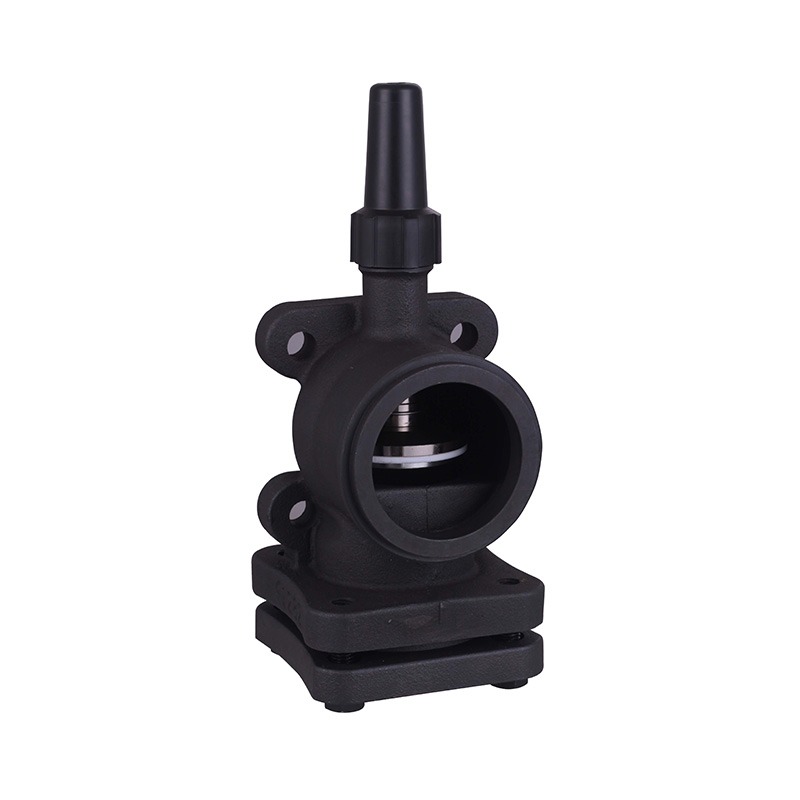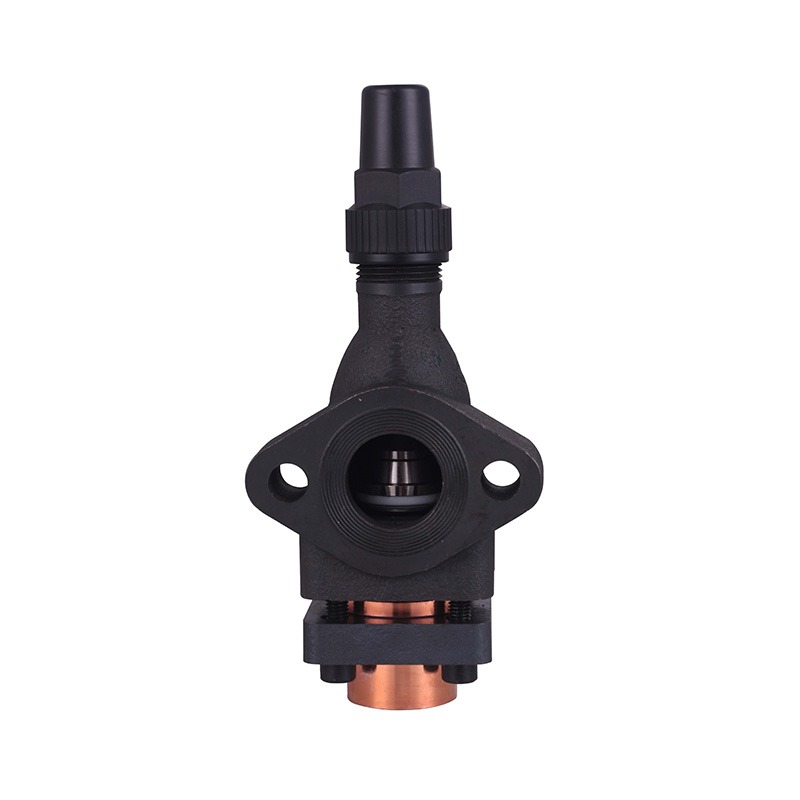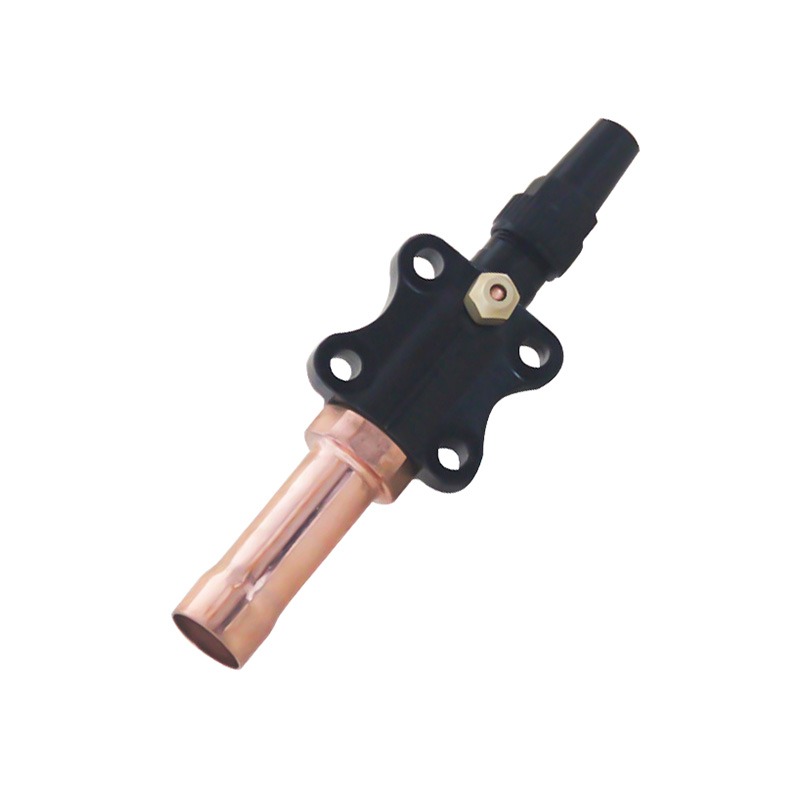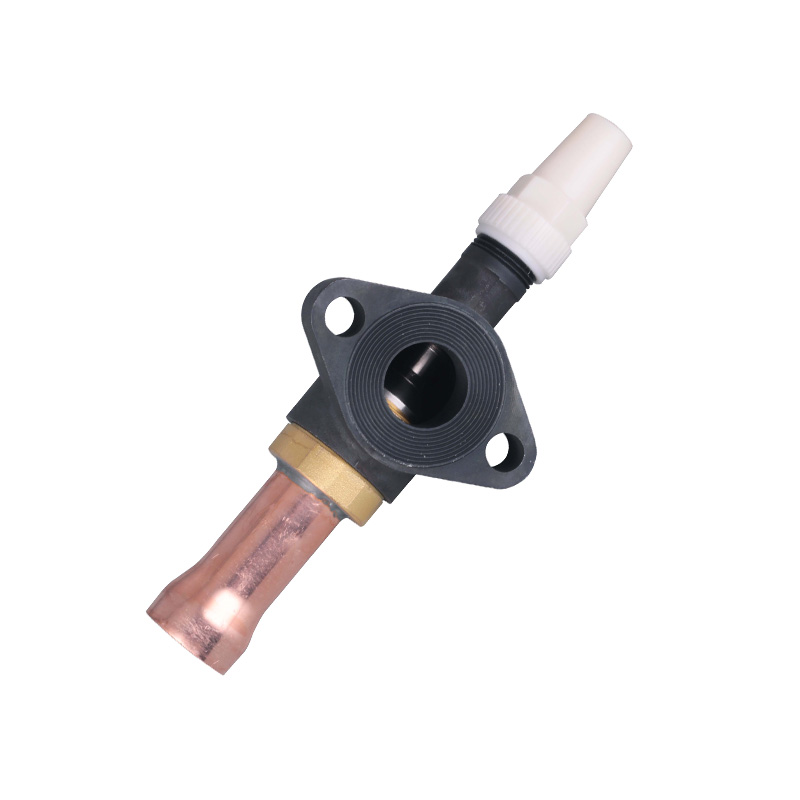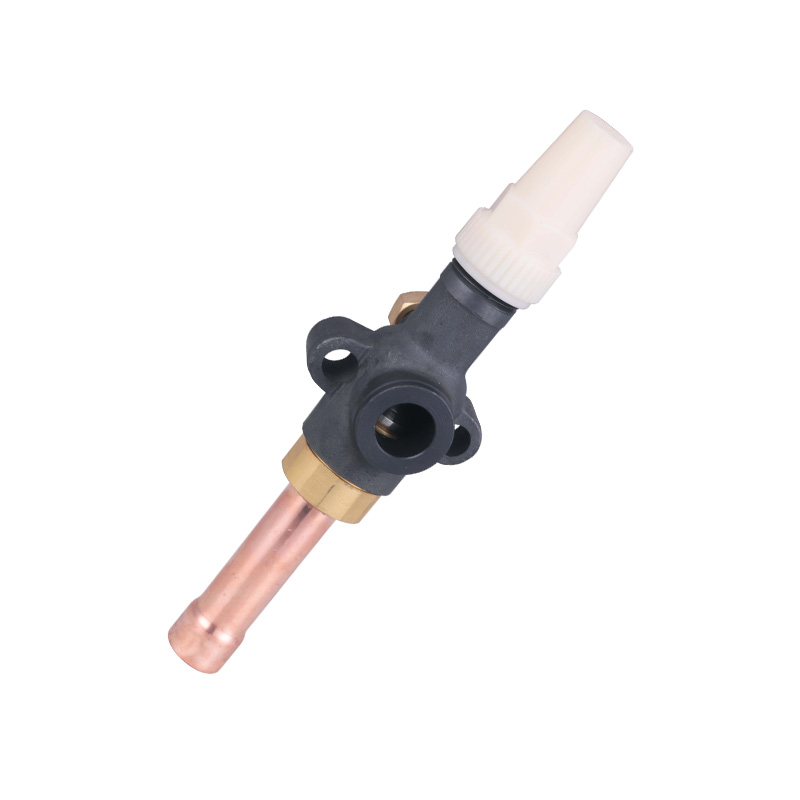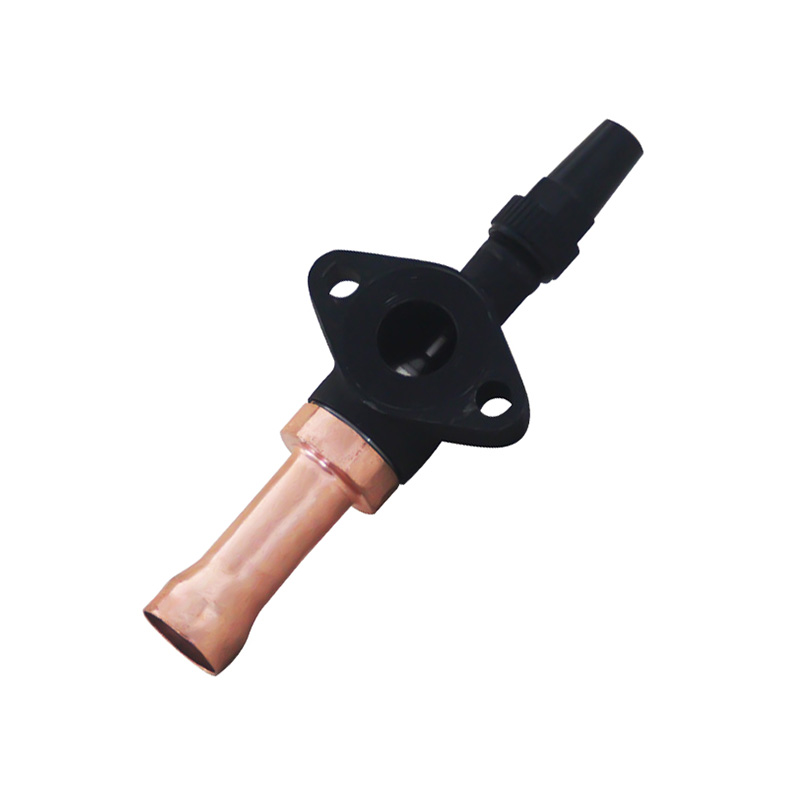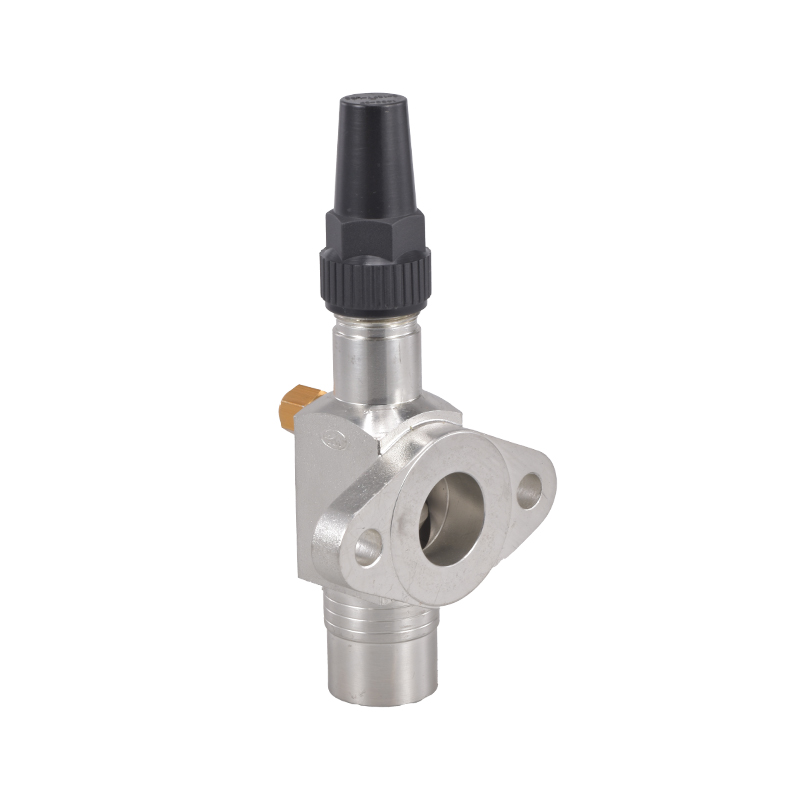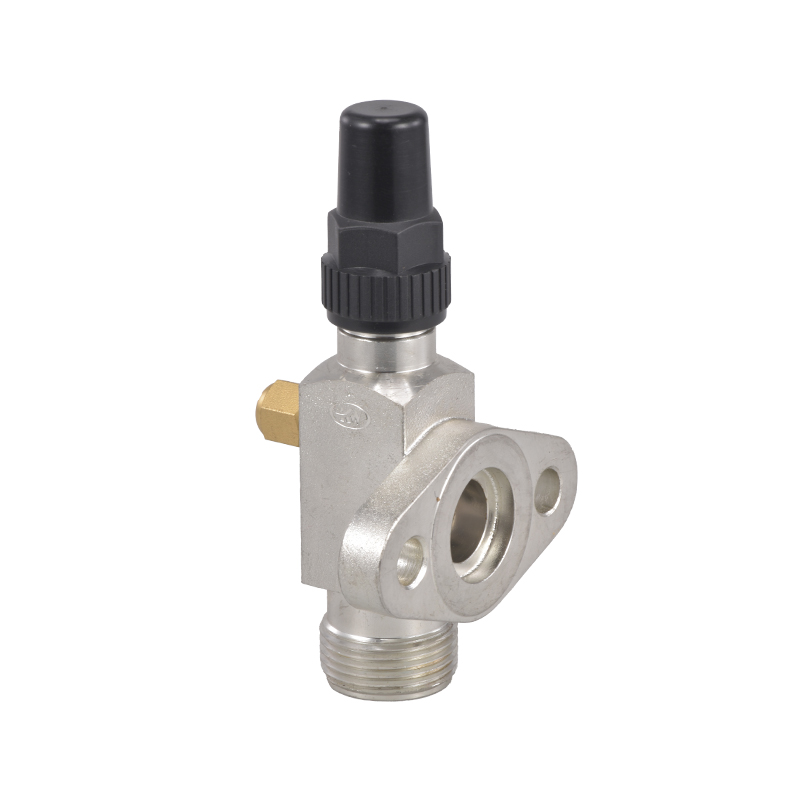Understanding the Mechanics of 3 Way Refrigeration Valves
 By Admin
By Admin
In refrigeration and HVAC systems, precision in fluid control is critical for maintaining performance, efficiency, and system reliability. One of important components contributing to that control is the 3 way refrigeration valve. These valves serve as a multifunctional solution in various cooling applications, helping to regulate, redirect, or isolate refrigerant flow. Whether installed in commercial chillers or industrial freezers, understanding how these valves work—and the differences between variations like the 3 way refrigeration ball valve and the 3 way refrigeration solenoid valve—can help engineers, technicians, and facility managers make smarter equipment choices.
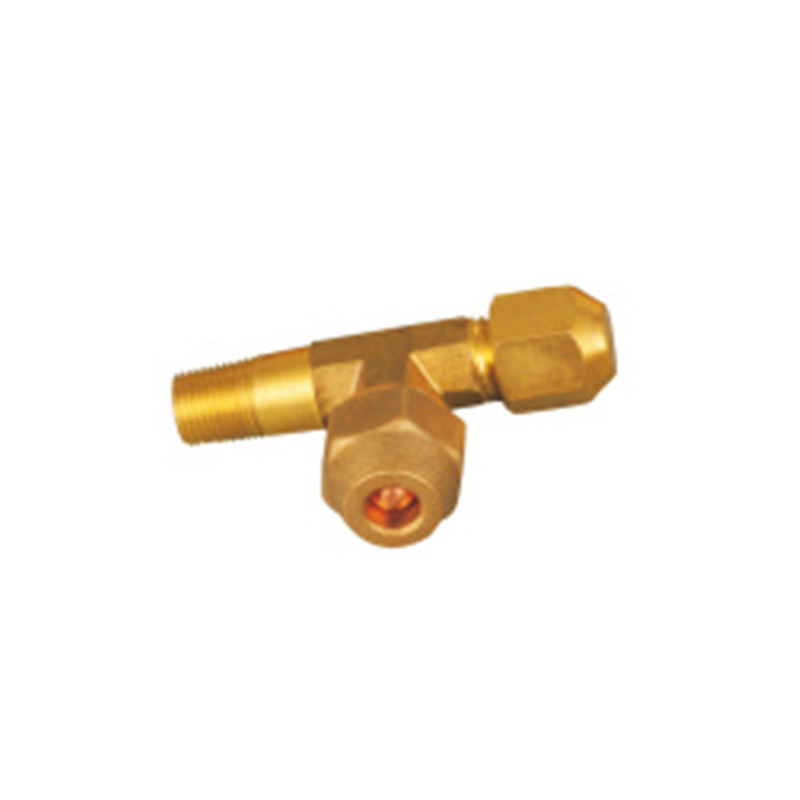
At its core, a 3 way refrigeration valve is designed to manage the direction of refrigerant flow between three ports. Typically labeled as inlet and two outlets (or vice versa), the valve allows the user to control where the refrigerant goes within the system. This is especially useful in systems that require switching between operating and standby coils, alternating flow to evaporators, or providing hot gas defrost capabilities. By integrating this component, system designers can reduce the number of individual valves needed, causing simpler layouts and more efficient maintenance routines.
One of common types is the 3 way refrigeration ball valve. This version uses a rotating ball with a bore that aligns with the desired flow path. When the valve is actuated, usually manually or mechanically, the ball turns to redirect the refrigerant from one line to another. These valves are favored for their durability and ability to provide a tight seal, even in high-pressure environments. In many refrigeration applications, the 3 way refrigeration ball valve is preferred for liquid and suction lines due to its mechanical reliability and ease of installation.
On the other hand, for systems requiring automation or remote control, the 3 way refrigeration solenoid valve is an ideal solution. Instead of a mechanical handle or gear system, this type uses an electromagnetic solenoid to shift the valve's internal mechanism. When the coil is energized, it activates the internal plunger to change the refrigerant's path. This enables fast and precise switching—critical in systems requiring temperature modulation or pressure balancing. A 3 way refrigeration solenoid valve is commonly used in commercial refrigeration systems, where automated cycles and sensor integration are key to system performance.
Despite differences in operation, both the 3 way refrigeration ball valve and the 3 way refrigeration solenoid valve offer advantages in terms of space efficiency and multifunctional flow control. By replacing two or even three standard valves with one 3 way refrigeration valve, system complexity can be reduced, causing fewer leak points and a more compact design. This consolidation not only saves space but can also minimize the amount of refrigerant needed within the system, contributing to environmental and cost benefits.
Selection of the right valve depends heavily on the application's specific needs. For example, in environments where rugged manual operation is needed, such as in large walk-in freezers or food-processing facilities, the 3 way refrigeration ball valve might be more appropriate. Conversely, in automated building climate systems or smart refrigeration networks, the 3 way refrigeration solenoid valve excels due to its electrical actuation and ability to be integrated into centralized controls.
Maintenance is another important consideration. A 3 way refrigeration valve should be selected based not only on functionality but also on serviceability. The 3 way refrigeration ball valve is typically easier to inspect and maintain due to its mechanical simplicity. In contrast, the 3 way refrigeration solenoid valve requires periodic checks of the coil, plunger, and electrical connections to ensure it operates reliably over time.
The 3 way refrigeration valve plays a crucial role in optimizing refrigerant flow in both manual and automated systems. Whether you choose the rugged and simple 3 way refrigeration ball valve or the efficient and smart 3 way refrigeration solenoid valve, understanding their mechanics helps ensure your refrigeration system runs with improve efficiency, minimal downtime, and long-term reliability.




 English
English русский
русский Deutsch
Deutsch
